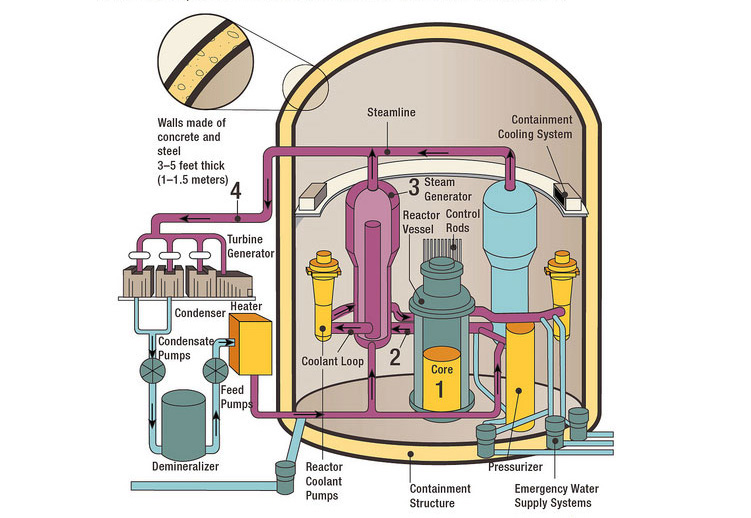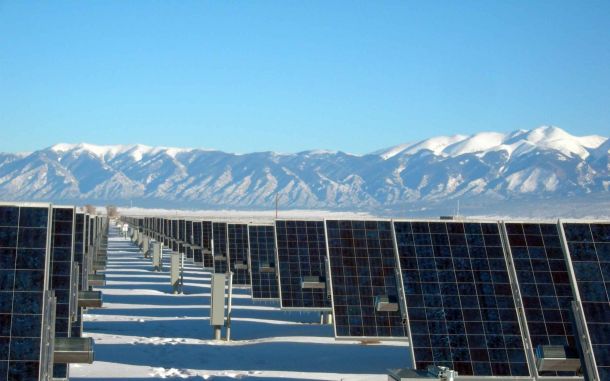Unveiling the Powerhouse: Exploring Pressurized Water Reactors
Nuclear power plays a vital role in meeting the world’s growing energy demands while minimizing carbon emissions. Among the various types of nuclear reactors, Pressurized Water Reactors (PWRs) stand out as one of the most widely used and reliable technologies. In this article, we will delve into the inner workings of PWRs, understand their benefits and challenges, and explore their contribution to clean and sustainable energy generation.

Nuclear power plays a vital role in meeting the world’s growing energy demands while minimizing carbon emissions. Among the various types of nuclear reactors, Pressurized Water Reactors (PWRs) stand out as one of the most widely used and reliable technologies. In this article, we will delve into the inner workings of PWRs, understand their benefits and challenges, and explore their contribution to clean and sustainable energy generation.
Understanding Pressurized Water Reactors
Pressurized Water Reactors are a type of thermal nuclear reactor that employs high-pressure water as both the coolant and moderator. These reactors generate electricity by harnessing the immense heat produced during nuclear fission, where the nucleus of an atom is split into two smaller nuclei, releasing a tremendous amount of energy.
Operating Principles and Safety Measures
The basic components of a PWR include the reactor core, pressurizer, steam generator, and containment vessel. The reactor core contains fuel assemblies, usually composed of ceramic uranium dioxide pellets housed within metal tubes. The water in the reactor core acts as a moderator, slowing down the fast neutrons and enabling the sustained nuclear chain reaction.

In a PWR, the primary coolant, which is water, flows through the reactor core, absorbing the heat generated by nuclear fission. This water remains at high pressure to prevent boiling, even at high temperatures. It then transfers the heat to a secondary coolant loop, typically containing non-radioactive water. The secondary loop produces steam, which drives a turbine to generate electricity.
Safety is of paramount importance in PWRs, and several mechanisms are in place to ensure safe and stable operation. The containment vessel provides a robust barrier, protecting the surrounding environment from any potential releases of radioactive materials. Additionally, control rods can be inserted into the core to absorb neutrons and regulate the reactor’s power output, enhancing the ability to shut down the reactor in case of emergencies.
Benefits and Challenges
Pressurized Water Reactors offer several advantages, making them popular choices for nuclear power generation. These benefits include:
- High Efficiency: PWRs operate at high thermal efficiencies, allowing them to generate significant amounts of electricity with relatively small amounts of fuel.
- Low Greenhouse Gas Emissions: Nuclear power is a low-carbon energy source, contributing to mitigating climate change and reducing air pollution.
- Base Load Power: PWRs provide a stable and continuous supply of electricity, making them suitable for meeting base load demand.
Despite their advantages, PWRs face certain challenges. Issues such as high initial capital costs, nuclear waste disposal, and public perception of nuclear energy are among the factors that require careful consideration in the deployment and management of PWRs.
Conclusion
Pressurized Water Reactors stand as a proven and efficient technology for clean energy generation. With their robust safety features, low carbon emissions, and reliable power output, PWRs play a significant role in diversifying energy sources and meeting the increasing global energy demand. As research and development continue, advancements in PWR technology aim to further enhance safety, efficiency, and waste management in nuclear power generation.
Sources
- World Nuclear Association: Link to Source
- Nuclear Energy Institute: Link to Source
- International Atomic Energy Agency: Link to Source

